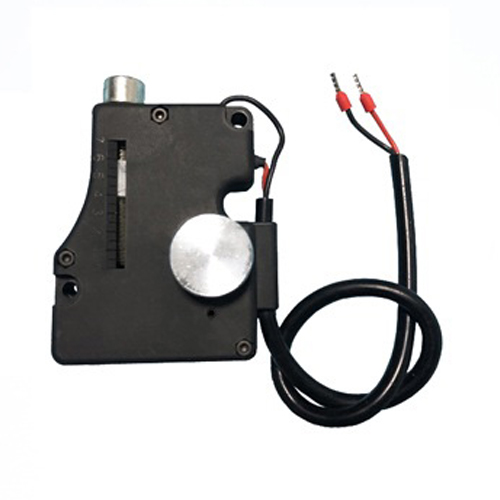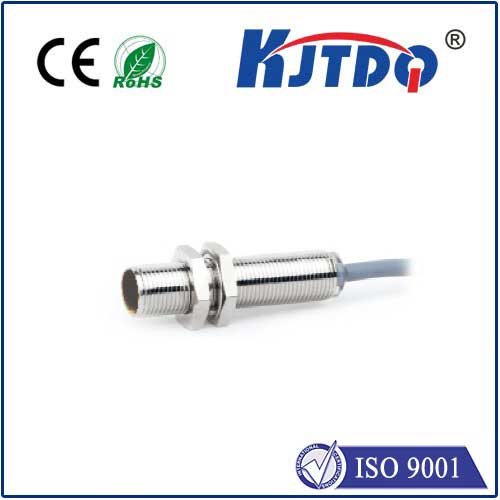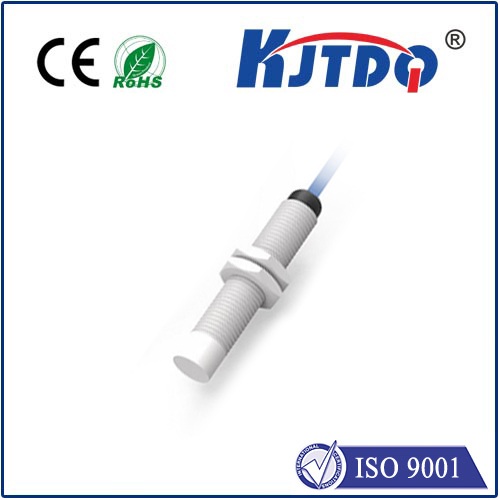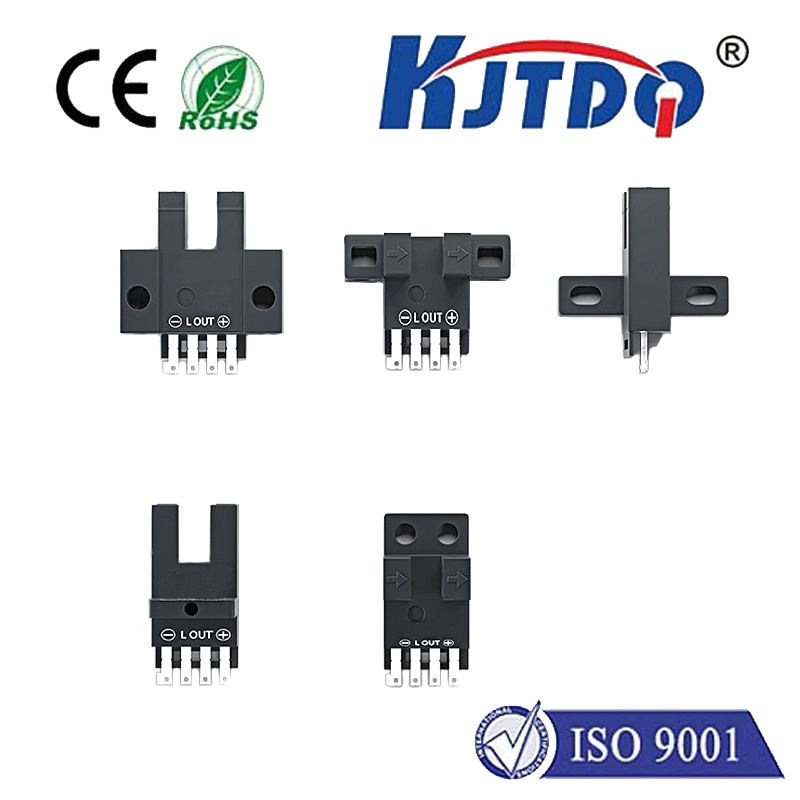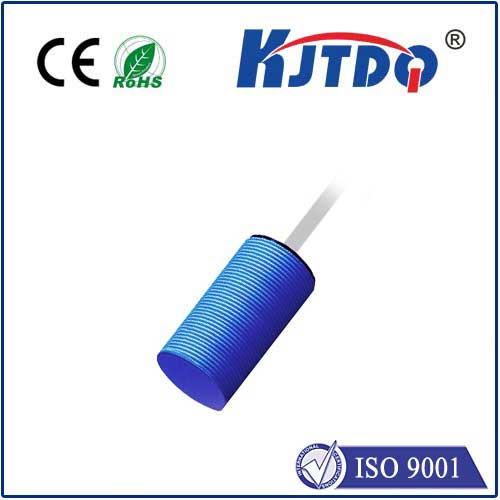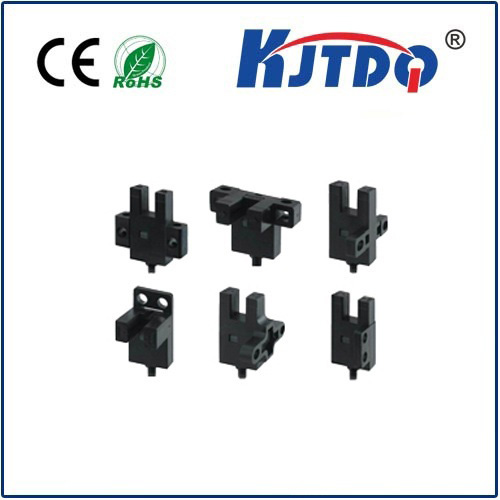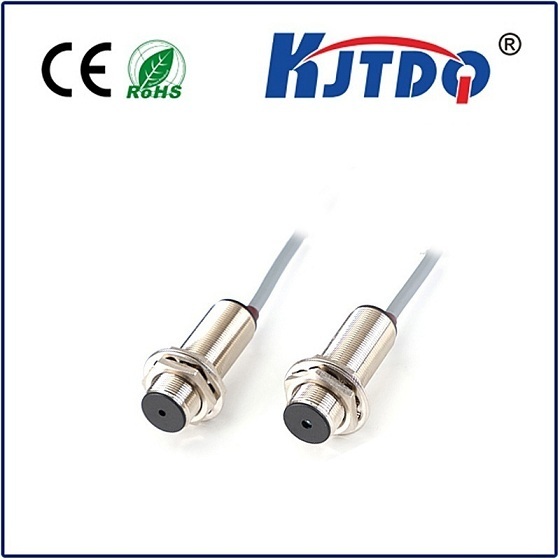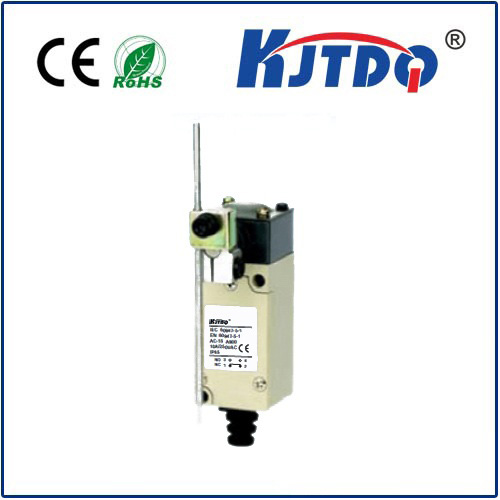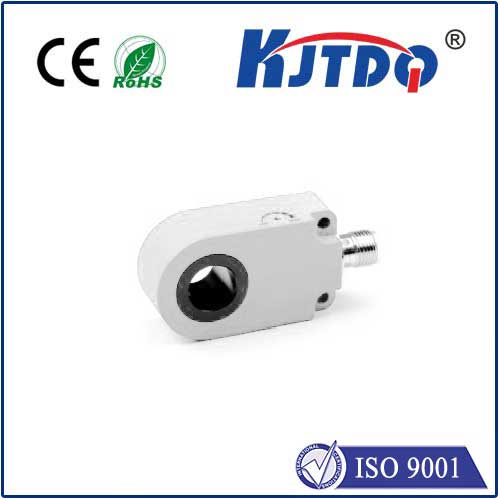

check

check

check

check

check

check

check

check

check

check
Introduction to Proximity Sensors
Proximity sensors, also known as infrared proximity sensors or ultrasonic sensors, are electronic devices that detect and measure the distance between two objects. They play a crucial role in various industries, including manufacturing, automotive, healthcare, and security, among others. This article discusses the importance of proximity sensors and their applications in these sectors.
Significance of Proximity Sensors in Manufacturing
In manufacturing processes, proximity sensors are used for quality control, safety monitoring, and process optimization. They can detect defects, malfunctions, and variations in raw materials and products, ensuring that production runs smoothly. Additionally, proximity sensors help prevent accidents by alerting operators when they come into contact with dangerous machinery.
Proximity Sensors in Automotive Industry
The automotive industry relies heavily on proximity sensors for safety features like automatic emergency braking, lane departure warning systems, and collision prevention. These sensors detect distances between vehicles, pedestrians, and other obstacles, providing valuable information to the driver's onboard system. As a result, proximity sensors have become an essential component of modern automobiles.
Healthcare Benefits of Proximity Sensors
In healthcare settings, proximity sensors are used to monitor patients' vital signs, track medication dosing schedules, and detect falls or other incidents. For example, wearable devices equipped with proximity sensors can continuously monitor the patient's heart rate, blood pressure, and oxygen levels, allowing medical staff to intervene quickly in case of any abnormalities.
Applications of Proximity Sensors in Security Systems
Proximity sensors can be integrated into security systems to enhance their capabilities. For instance, motion detection sensors can detect the presence of intruders or individuals who have entered restricted areas. Similarly, facial recognition technology uses proximity sensors to analyze facial patterns and match them against a database of identified individuals.
Conclusion: Advantages and Future Trends of Proximity Sensors
Proximity sensors offer numerous benefits in different industries and have become indispensable tools for many applications. As technology continues to advance, we can expect even more innovations in the field of proximity sensors, such as improved accuracy, increased range, and faster response times. These advancements will enable companies to optimize their operations, enhance safety measures, and improve overall productivity.
